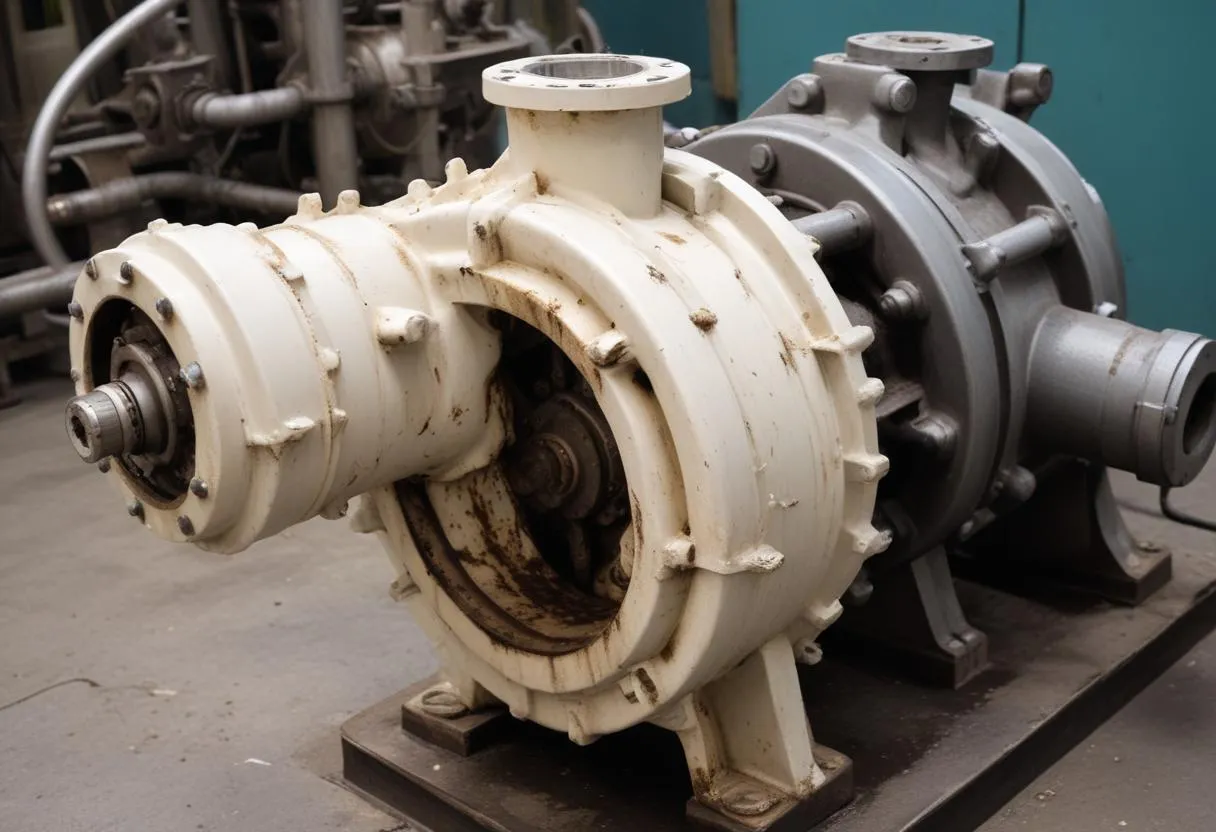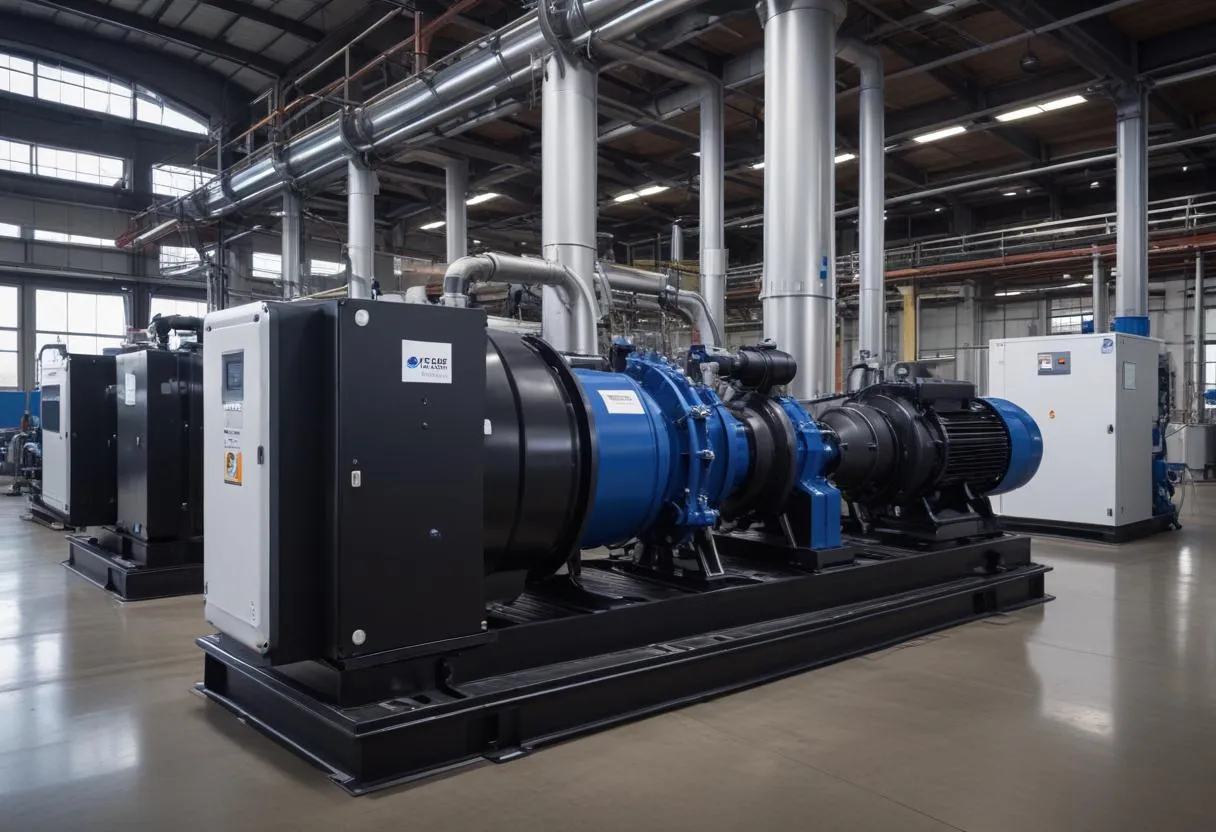 Clogging in pumps is a common issue that can lead to inefficient operation, increased maintenance costs, and even system failure. Understanding the types of clogs and their causes is crucial in formulating effective strategies to mitigate such problems.
Clogging in pumps is a common issue that can lead to inefficient operation, increased maintenance costs, and even system failure. Understanding the types of clogs and their causes is crucial in formulating effective strategies to mitigate such problems.
There are several types of clogs, largely dependent on the nature of materials and operations involved. The primary categories include:
- Solid accumulation clogs: This type of clog occurs when solid particles or debris accumulate in the pump or its components. Common sources include dirt, sand, grit, and other particulate matter which can be introduced into the system from the source water or from wear and tear of internal components.
- Fibrous material clogs: Materials like fabrics, hair, and plant fibers tend to entangle themselves around pump impellers and other moving parts. This is particularly prevalent in wastewater pumps where such substances are abound.
- Fat and grease clogs: Pumps that handle kitchen waste or sewage often contend with fat, oil, and grease. These substances can congeal and stick to the walls and components of the pump, leading to blockages that impede the flow and operation.
- Chemical precipitation: Certain chemical reactions can cause precipitation of substances inside the pump, particularly in pumps used in industrial processes. Lime, calcium, and other minerals can precipitate out of process solutions and form hard, scale-like clogs.
The causes of these clogs can be similarly grouped into specific areas:
| Type of Clog | Common Causes |
|---|---|
| Solid accumulation clogs | Poor water source management, lack of pre-filtration, deterioration of internal pump parts. |
| Fibrous material clogs | Inadequate screening in waste management systems, maintenance lapses in dealing with known fibrous effluent. |
| Fat and grease clogs | Insufficient grease management in waste pipelines, lack of grease traps, and/or efaulty traps. |
| Chemical precipitation | Chemical imbalances in processing fluids, high mineral content in source water, lack of regular chemical treatment. |
Identifying these specifics is the first step in troubleshooting pump clogging issues. Alongside realizing the type of clog, recognizing the underlying causes help in devising more targeted maintenance and operational strategies to ensure the continuous, efficient, and trouble-free operation of pumps.
Best practices for pump maintenance
To maintain efficient pump operation and to minimize the risk of clogging, adhering to best practices for pump maintenance is essential. Here are several strategies that are proven to improve the validity and performance of pumping systems:
Regular Cleaning and Inspections
Scheduled cleaning and routine inspections are crucial. This ensures that any potential clogging material such as debris, sediment, or foreign bodies can be removed before they cause significant issues. It is advisable to:
- Inspect pumps weekly for any visible signs of wear and accumulation of materials.
- Conduct a thorough cleaning of the pump and associated filters on a monthly basis or more frequently depending on the pump’s usage and environmental conditions.
Installation of Adequate Filtration Systems
To prevent particles from entering the pump system in the first place, it is critical to install proper filtration systems. These systems should be tailored to the characteristics of the fluid being pumped and potential contaminants known in the environment. Considerations include:
- Particle size that the filter must capture.
- Chemical resistance of the filter material to avoid decomposition or reaction with the fluids processed.
- Maintenance ease and frequency required for the filter to ensure continuous protection.
Use of High-Quality Parts and Appropriate Materials
Utilizing high-quality replacement parts can significantly extend the life of pumps and minimize the frequency of clogging incidents. Materials should be chosen based on their compatibility with the fluids they will contact and their resistance to wear. For example:
- Stainless steel or titanium components for corrosive environments.
- Non-stick coatings or specialized polymers for handling greasy or sticky substances.
Proper Pump Sizing and Configuration
Correctly sizing and configuring the pump according to its application ensures it operates under optimal conditions, reducing wear and the potential for clogs. Important factors include:
- Flow rate requirements – ensuring the pump can handle the expected fluid volume without overloading.
- Pressure settings – should be adjusted according to system needs to avoid forcing the pump to work harder than necessary.
- Pump type selection – some pump types, such as positive displacement pumps, are better suited for viscous fluids or those containing solids.
Adherence to Operational Protocols
Every pump installation will have its operational protocols based on the fluid dynamics and intended usage. Ensuring that all operational staff are trained on these protocols can prevent improper use that leads to clogging. Key considerations include:
- Routine monitoring of pump performance and pressure gauges to quickly identify deviations from normal operations.
- Immediate shutdowns and checks when unexpected noises or vibrations occur, as these can be early signs of clogging or other malfunctions.
Chemical Treatment and Water Conditioning
In cases where scaling due to hard water or chemical reactions is a risk, chemical treatment and water conditioning can be effective preventive measures. Implementing a regular schedule for chemical dosing and system flushing helps maintain the cleanliness and functionality of the pumping system.
Developing and implementing these best practices for pump maintenance will significantly aid in preventing clogging issues, ensuring that your pumping systems remain operational with minimal downtime and reduced maintenance costs. Continuous education and improvement of maintenance protocols as per the latest industry standards and findings are also vital to keep up with technological advances and environmental changes.
Innovative technologies in clog prevention
 In the realm of pump technology, innovation plays a crucial role in clog prevention, addressing the ongoing challenges that lead to frequent maintenance and operational inefficiencies. Leveraging advanced technology not only improves the longevity and reliability of pump systems but also enhances their efficiency in handling various substances that could potentially cause clogs.
In the realm of pump technology, innovation plays a crucial role in clog prevention, addressing the ongoing challenges that lead to frequent maintenance and operational inefficiencies. Leveraging advanced technology not only improves the longevity and reliability of pump systems but also enhances their efficiency in handling various substances that could potentially cause clogs.
Smart Sensors and IoT Technology
The adoption of smart sensors integrated with the Internet of Things (IoT) has paved the way for revolutionary changes in monitoring pump conditions. These technologies enable real-time tracking of various parameters such as flow rate, pressure, temperature, and even the presence of particulate matter. IoT devices can alert operators instantly to changes that might indicate a clogging risk, enabling preemptive action to clear blockages before they lead to shutdowns.
- Pressure sensors to detect changes in flow resistance, possibly indicating a clog.
- Vibration sensors to monitor for anomalies in pump operation that could signify clogging.
- pH and chemical sensors to track changes in fluid composition that could precipitate clogging.
Automated Self-Cleaning Systems
Modern pumps are increasingly equipped with automated self-cleaning systems designed to reduce downtime and manual intervention. These systems can reverse the flow or employ mechanical scrapers that help in dislodging and removing debris and build-ups that would otherwise lead to clogs.
Advanced Filtration Technologies
Developments in filtration technology continue to provide more robust solutions to prevent particles from entering the pump system. Micronic filters and centrifugal separators can remove fine and coarse particulates efficiently while maintaining the flow rate and reducing the frequency of filter replacement due to clogging.
Chemical Injection Systems
To combat chemical precipitation clogs, the integration of automated chemical injection systems has become more widespread. These systems inject precise amounts of chemicals such as anti-scalants directly into the fluid stream at predetermined intervals, preventing the accumulation of minerals and other precipitates on pump components.
Energy-efficient and Adaptive Pump Designs
Technological advancements have also led to the development of more energy-efficient pumps that can adapt to varying operational conditions. Variable frequency drives (VFDs) allow for the speed of the pump’s motor to be dynamically adjusted based on the load requirement which minimizes the risk of clogs forming due to inappropriate flow rates or pressures.
| Technology | Benefit |
|---|---|
| IoT and Smart Sensors | Real-time monitoring and alerts for early clog detection. |
| Automated Self-Cleaning | Reduces downtime and manual cleaning requirements. |
| Advanced Filtration | Enhanced particle removal to prevent entry into the pump system. |
| Chemical Injection | Prevents scale and mineral clogs via direct fluid treatment. |
| Adaptive Pump Designs with VFDs | Optimizes flow rate and energy use, reducing clogging incidents. |
These innovative technologies deliver pivotal clog prevention capabilities, thereby ensuring pumps operate optimally for longer periods with reduced maintenance needs and costs. By investing in these technological advancements, facilities can significantly enhance their pump systems’ efficiency and resilience against various clogging challenges.